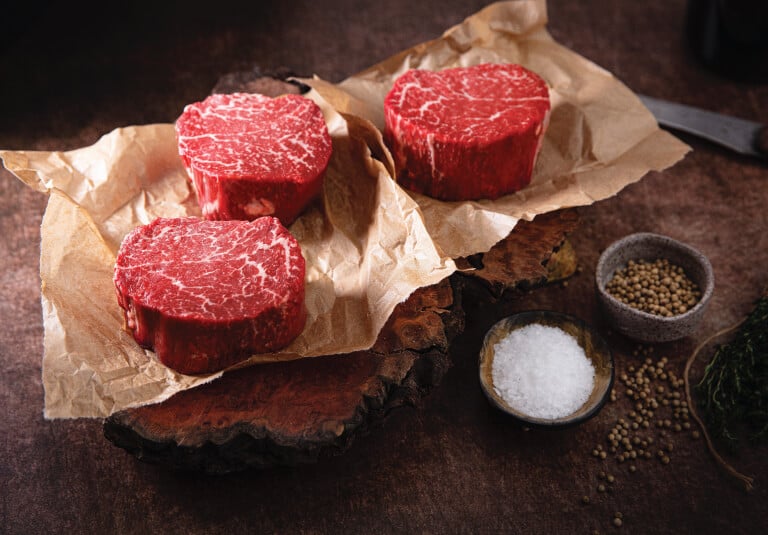The Differences Between Grades Of Beef (USDA Choice vs Prime vs Utility)

The Differences Between Grades Of Beef Overview
When it comes to buying beef, you may have noticed various cuts of meat – each with various grades of beef such as USDA Choice, Prime, and Utility. These grades indicate the quality and characteristics of the meat, and understanding their differences can help you make informed decisions when purchasing beef. Today, I will explore the variations between these grades and what factors determine their grade.
What are the Differences Between Grades Of Beef Video
Definition: Marbling refers to the white fat pockets visible inside the meat tissue.
The Three Types of Beef Grades Assigned by the USDA
The USDA is a government entity that grades types of beef. USDA graders evaluate the carcass marbling, maturity and curability to decide what grades, then classify the grades of beef. Here are the USDA beef grades listed starting with the most desirable grade:
USDA prime: Considered the top grade, USDA prime beef offers exceptional flavor, tenderness, and marbling. This grade is typically reserved for high-end restaurants and gourmet butchers. The marbling in Prime beef is abundant, resulting in enhanced juiciness and a melt-in-your-mouth texture. Due to its superior quality, prime beef commands a higher price point compared to USDA choice beef.
USDA choice: USDA choice is a high-quality grade of beef that offers excellent flavor and tenderness. When meat inspectors from the USDA evaluate beef, they consider factors like confirmation, marbleization (the distribution of fat within the meat), and overall appearance. A steak labeled as USDA Choice has met the standards for these criteria and is considered a premium choice.
Utility and lower grades: Below USDA Choice, there are lower grades such as Utility or Cutter. These grades may vary depending on the specific classification system used, but they generally indicate beef with less desirable characteristics. This could include lower marbling, reduced tenderness, or other factors that impact the overall eating experience. Utility-grade beef is often used for processed meat products or ground beef rather than premium cuts.
No roll beef was not graded. Therefore no grade is assigned and it is given the name no roll.
Types of Cow is Another Factor That Determines Desirability
Angus cows are a type of US cow that is known to produce beef with more marbling.
Wagyu cows are a Japanese beef cattle breed known for having the most intra-muscular fat cells. That is why Wagyu beef is finding its way into the repertoires of gourmet cooks, fine restaurants, and kitchens across the U.S.
Holstein cows are mainly used for milk production. These are the classic black and white-spotted cows frequently known as dairy cows – but can also be used for meat.
*Many herds are not pure bread and there can by different types of cows.
Factors Considered When Determining Grades of Beef
The grades of beef are determined by USDA meat inspectors who possess expertise in evaluating meat quality. These inspectors carefully assess factors like marbling, confirmation (muscle development and shape), and overall appearance. By examining the meat’s fat content, texture, and color, they assign the appropriate grade based on these attributes.
By considering factors like marbling, tenderness, and overall appearance, you can select the perfect beef cut to suit your taste and preferences when it comes to different types of beef dishes such as the beef stir fry, beef stew, or the oven roasted tri-tip and many more!